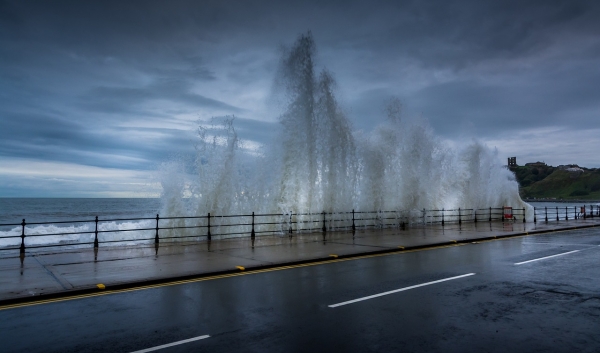Beaches and dunes are becoming increasingly trapped between rising sea levels and infrastructure. Dutch researchers found that nowadays, when dropped on a random beach around the world, you only need to walk 390 meters on average to find the nearest road or building. And while that short walking distance may seem convenient if you want a day at the beach, it's bad news for our protection against rising sea levels, drinking water supplies and biodiversity. But there is hope; the researchers found that by designating nature reserves, beaches and dunes can be successfully protected.
The Value of Wide Beaches and Dunes
Beaches and dunes are vital to society. They protect us from flooding, are an important source for our drinking water, and are an important habitat for numerous plant and animal species. Needless to say, they are also indispensable when we spend a recreational day at the beach or walk through the dunes. When beaches and dunes are given enough space, they can fulfill all these functions. But, if dune areas become too narrow, natural flood protection, drinking water extraction and biodiversity are threatened. Yet beaches and dunes are increasingly squeezed by infrastructure on the one hand and rising sea levels on the other, write researchers from the Netherlands Institute for Sea Research, University of Groningen, Utrecht University, TU Delft, Deltares and Staatsbosbeheer (the Dutch State Forestry) in the leading journal Nature Communications (https://doi.org/10.1038/s41467-023-44659-0).
Read more at Royal Netherlands Institute for Sea Research
Photo Credit: TimHill via Pixabay


